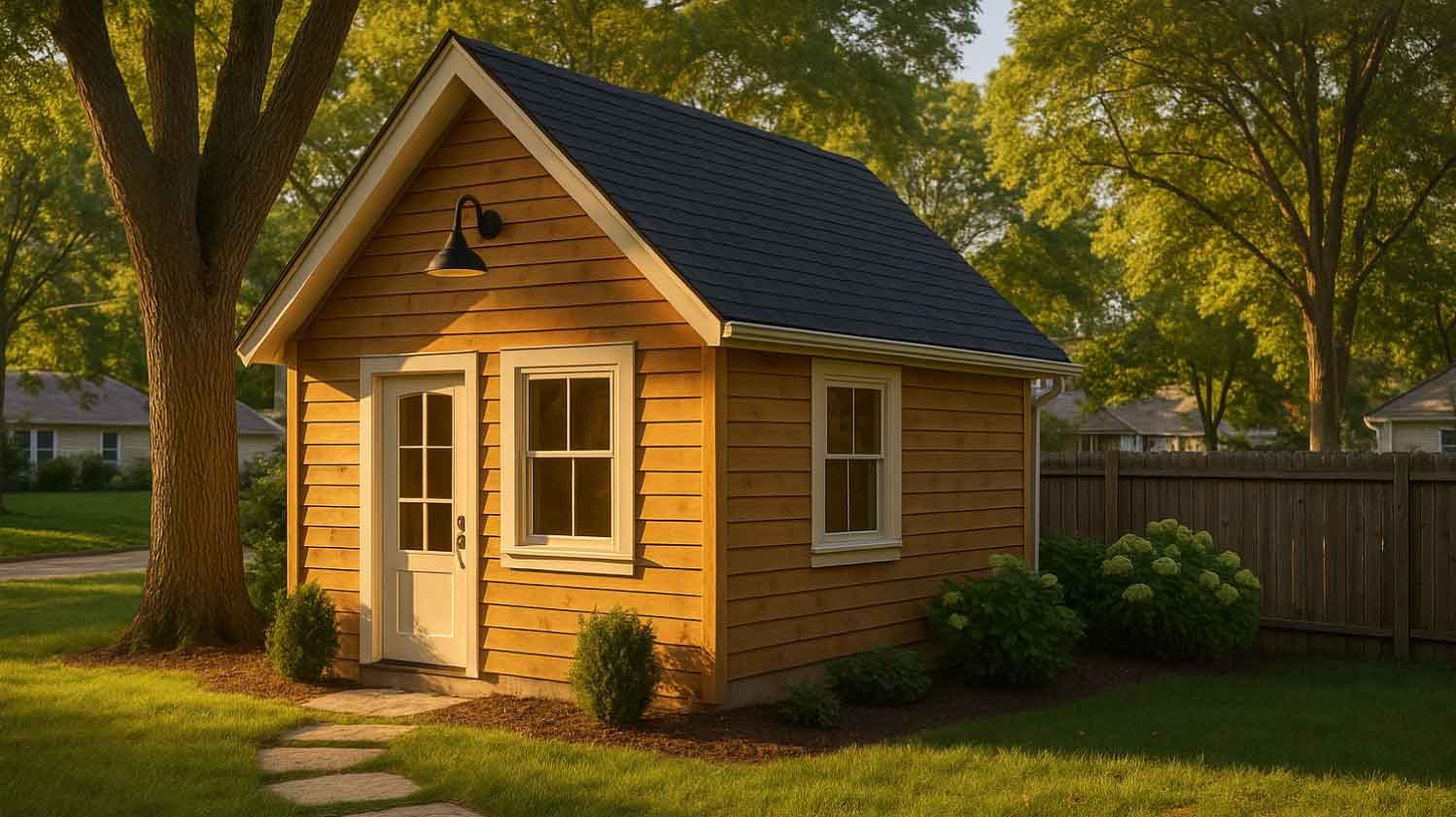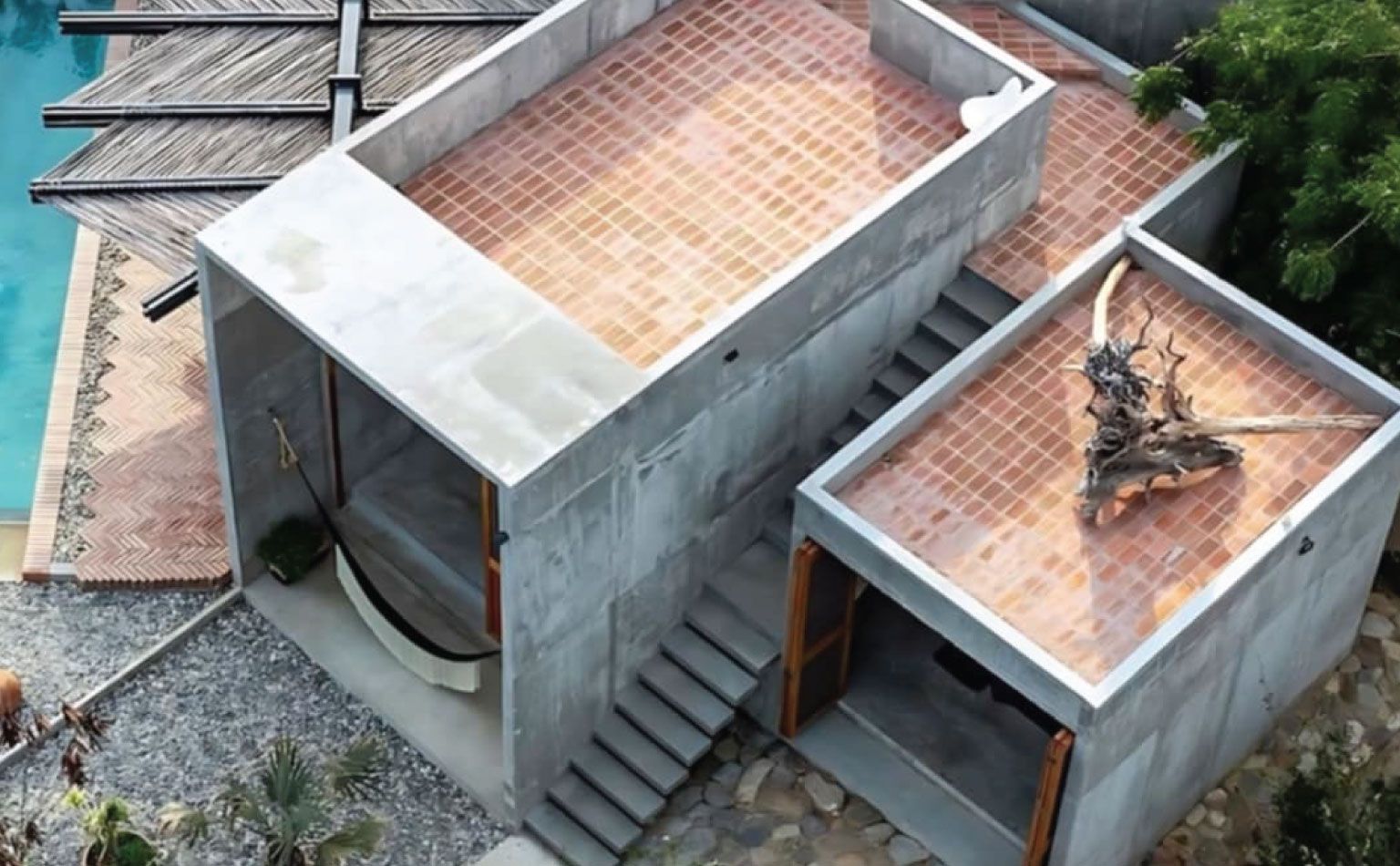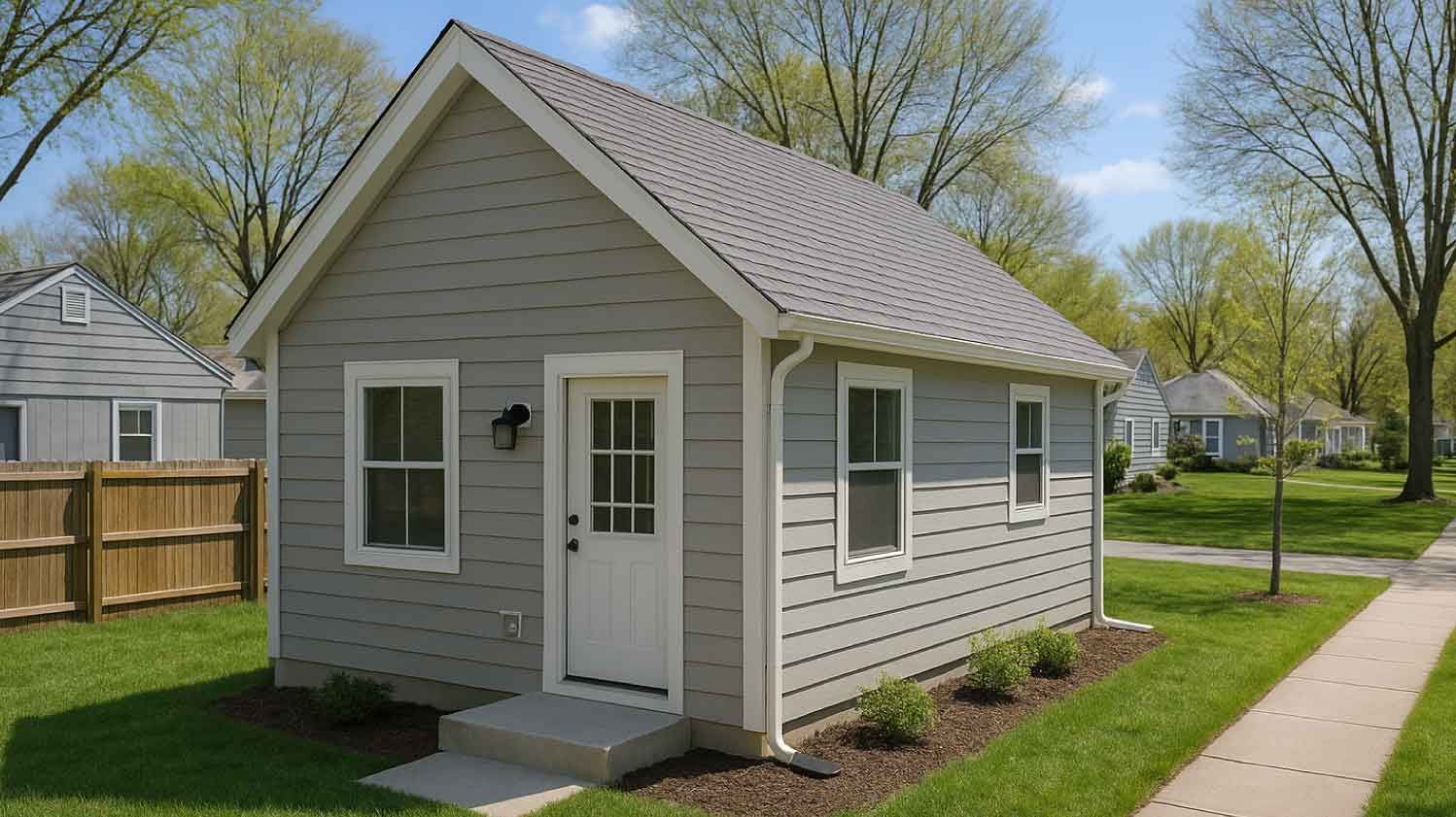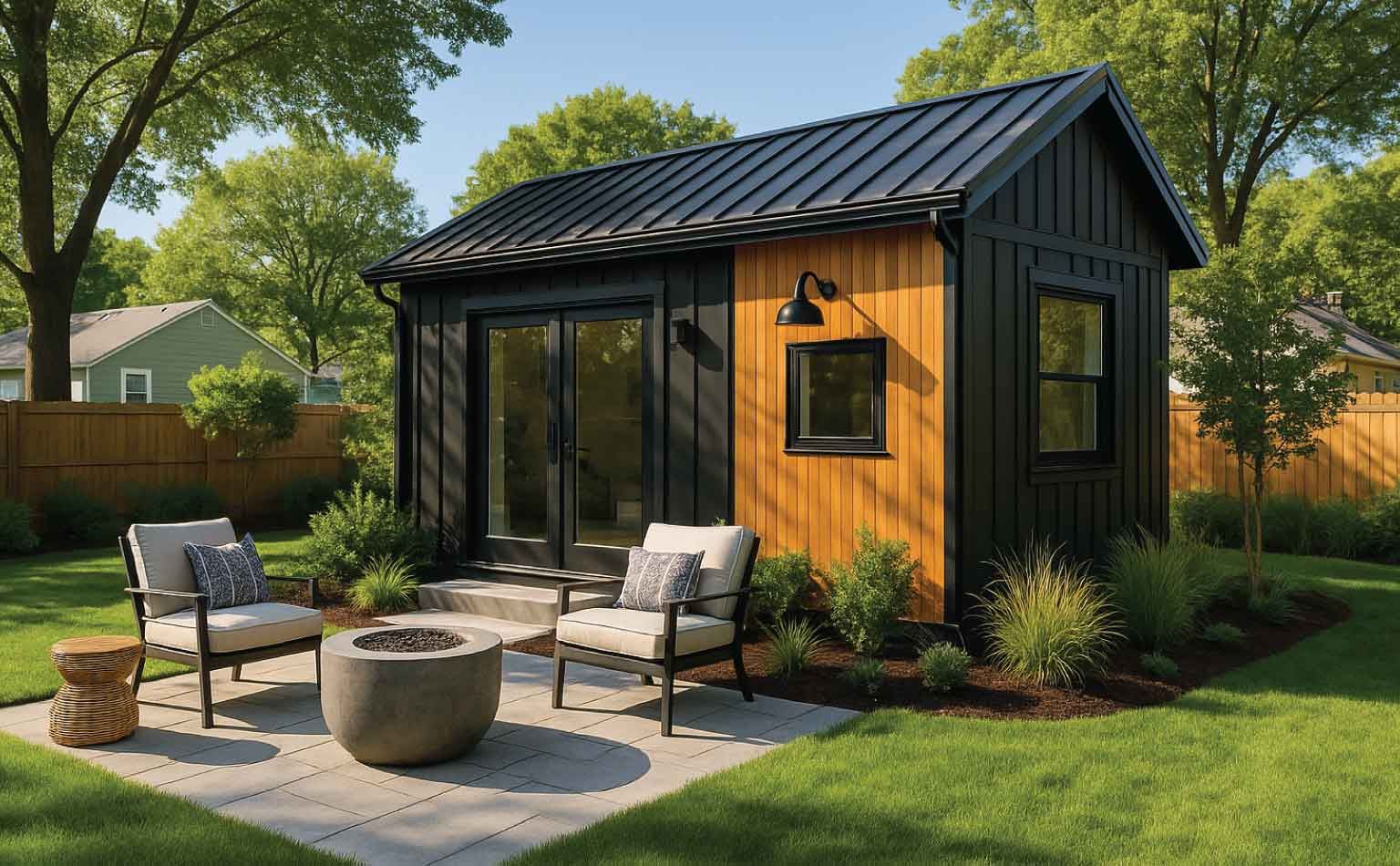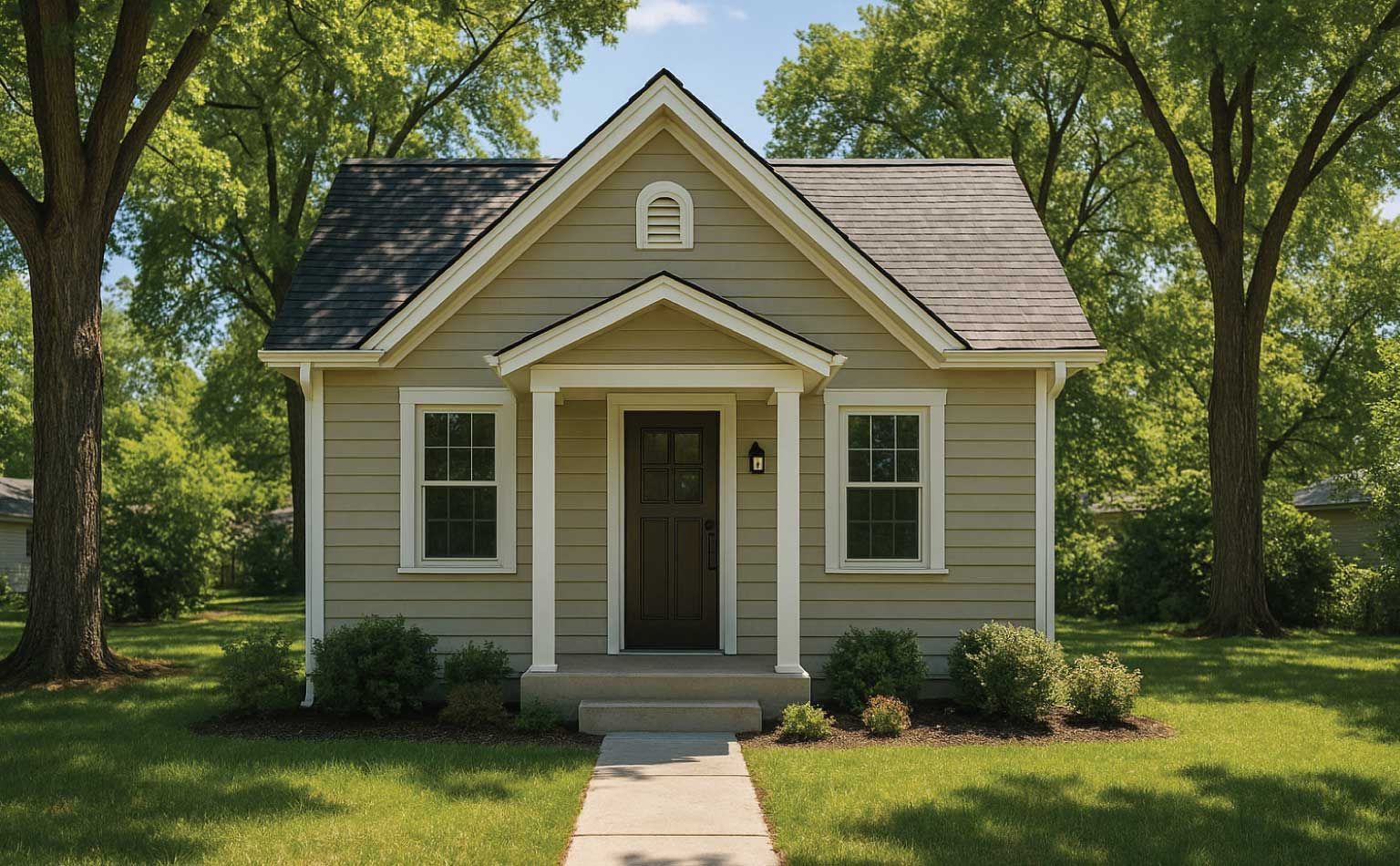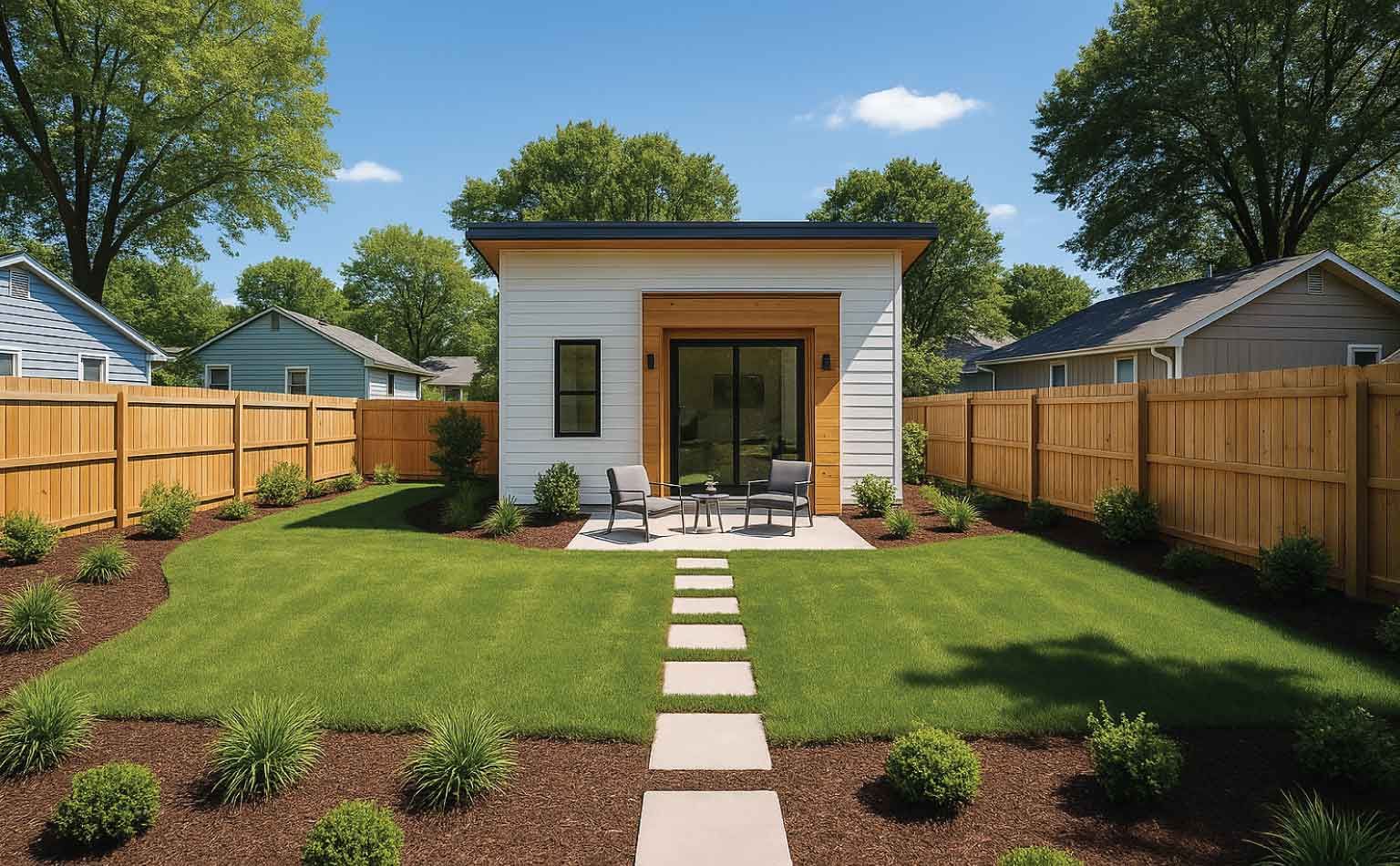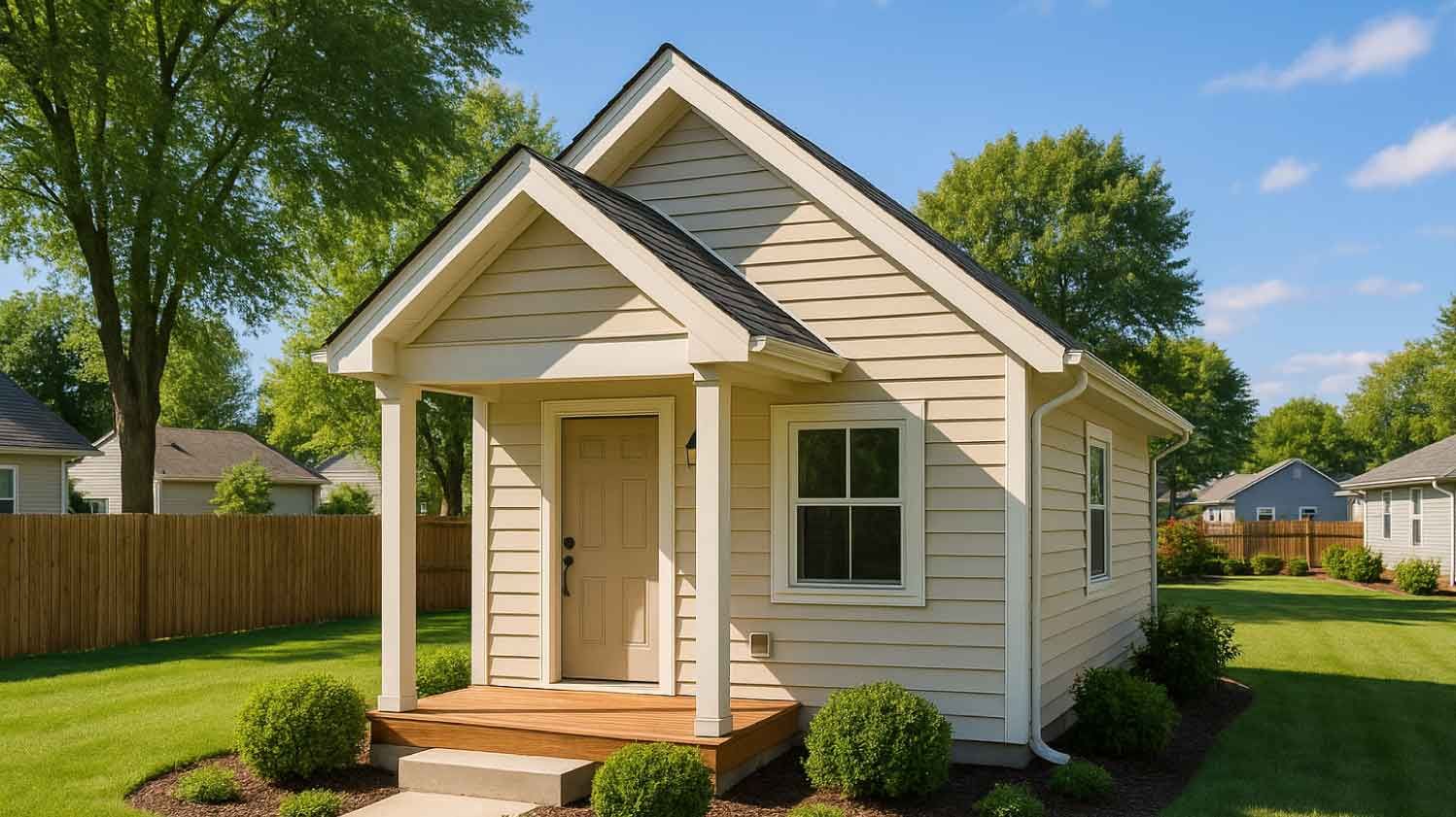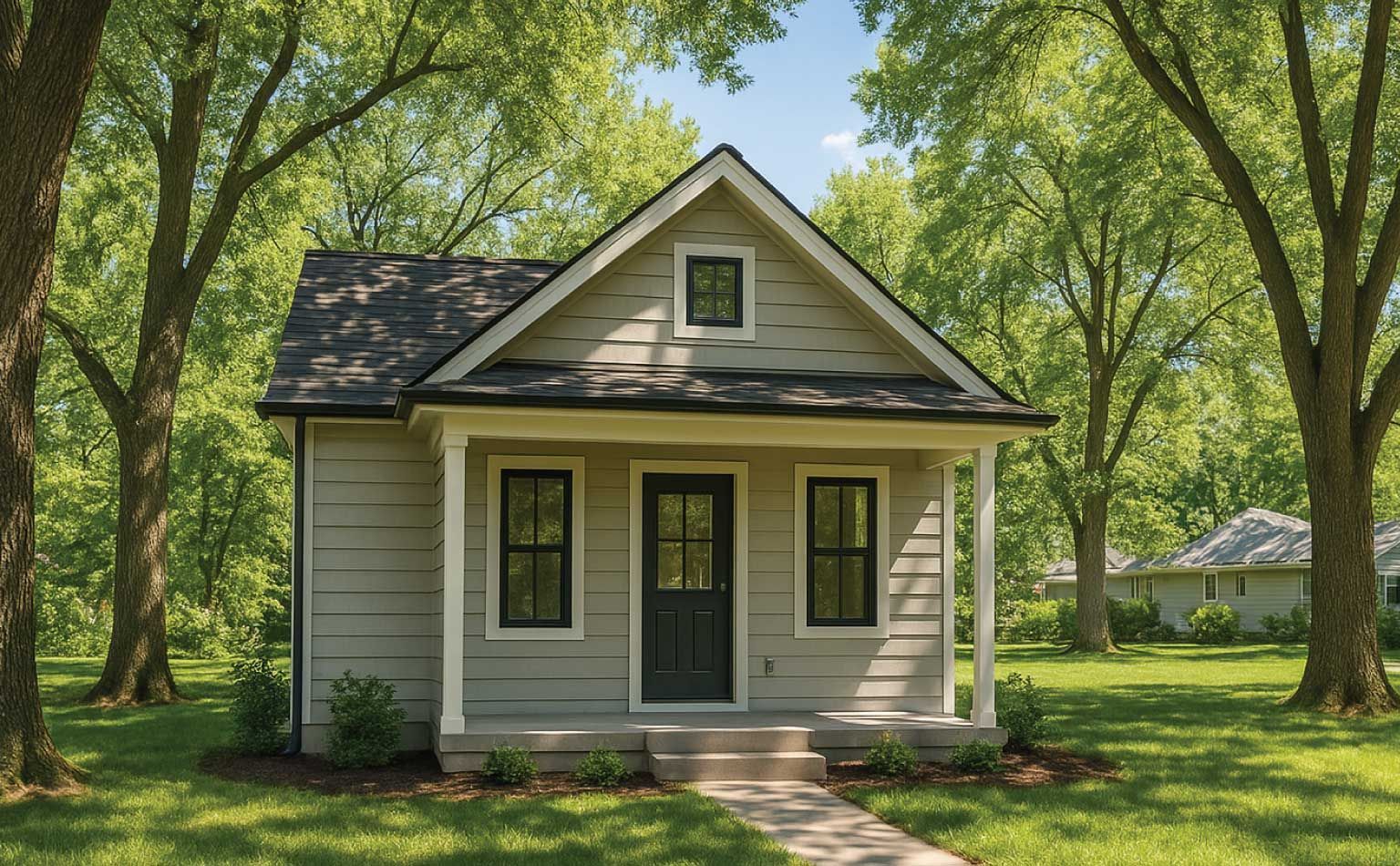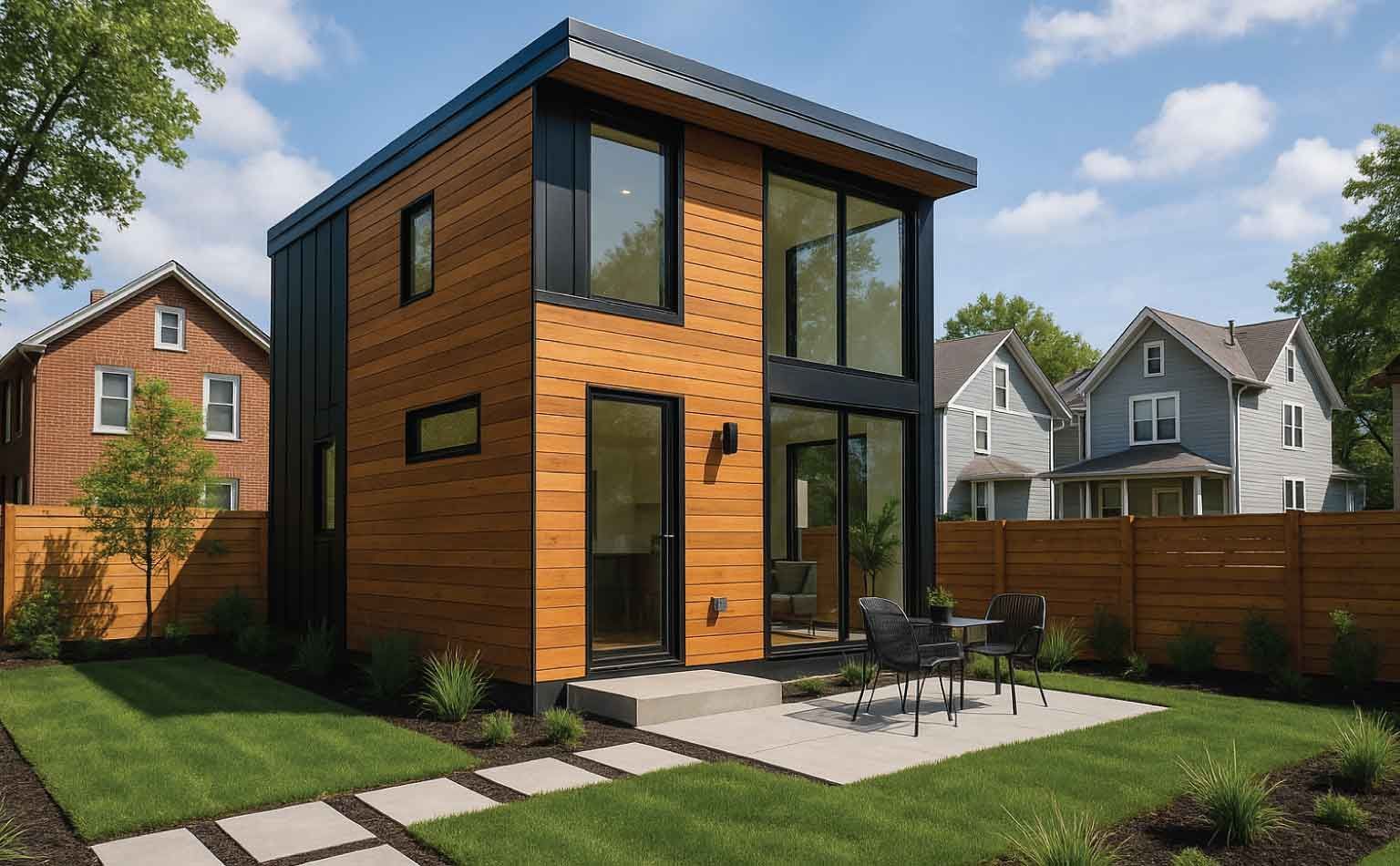about ADUs (Accessory Dwelling Units) and the different ways to finance them
January 15, 2025
About ADUs (Accessory Dwelling Units) and the different ways to finance them:
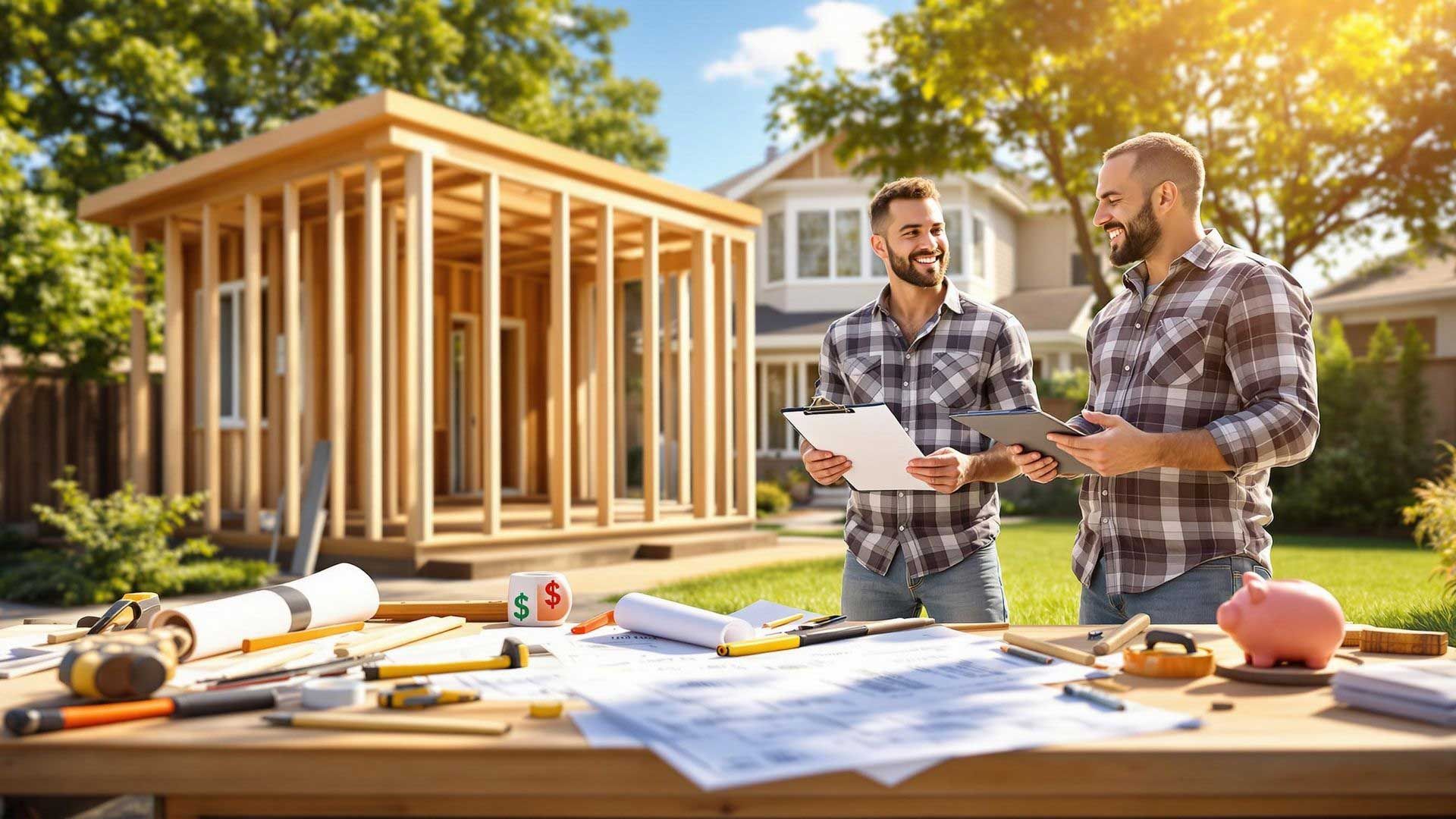
- ADUs Are Magic
- They provide rental income, multi-generational housing, home office space, retirement downsizing options, etc.
- They also help address housing shortages and affordability.
- But Financing Can Be Tricky
- ADUs contain all the expensive elements of a home (kitchen, bathroom, utility connections) in a smaller package.
- Thorough budgeting and financing plans are essential before starting design or construction.
Three Main Categories of ADU Financing
- Outside Funds (not from your property’s equity)
- Equity You Already Have (in your home)
- Equity You Create (via future value construction loans or renovation loans)
1. Outside Funds
- Cash on Hand
- Easiest if you already have enough savings.
- Many people still use some cash for partial expenses (design fees, permits, site prep).
- Retirement Accounts
- Loans from 401(k) / Employer Plans
- Typically can borrow 50% of vested balance up to $50k.
- No taxes triggered if repaid properly.
- Job change or layoff could force immediate repayment (otherwise taxes/penalties apply).
- Retirement Distributions
- Can use IRA or other account withdrawals if you’re over 59½ or taking from an inherited IRA.
- Roth IRAs can be tax-free if it’s a qualified distribution.
- Self-directed IRAs or 60-day rollover “bridge” approaches exist but have complexities—consult a tax advisor.
- Family & Friends
- Gifts or private loans.
- If it’s a loan, have a solid repayment plan (get pre-approved so everyone knows you can refinance and pay them back).
- Credit Cards & Personal Lines of Credit
- Sometimes used to cover last-minute costs (finishing or furnishing).
- Running up high balances can damage credit scores, possibly triggering higher rates and making future refinancing difficult.
- Time your mortgage refinance application before you max out cards to lock in a good credit score.
2. Equity You Already Have
- Refinancing
- Replaces existing mortgage(s) with a larger new loan.
- Generally can borrow up to 80% of your home’s current value.
- Closing costs: around $4k–$5k.
- Lets you choose new terms (fixed vs. adjustable, 15-, 20-, 30-year, etc.).
- Great if rates are decent.
- Reverse Mortgages (for 62+): No monthly mortgage payment (only taxes/insurance), but setup costs are higher and loan balance grows over time.
- Home Equity Line of Credit (HELOC)
- A second mortgage behind your first loan (keeps your existing low rate intact).
- Often allows 80%–90% of current value minus existing mortgage balance.
- Variable interest rates (commonly prime + margin).
- Draw period (e.g., 10 years) where you pay interest only on drawn amounts.
- After draw period, loan switches to a repayment period with higher monthly payments.
- Setup costs usually $0–$1k; sometimes free.
- Home Equity Loan (HELoan)
- Also a second mortgage, but fixed interest rate and fixed term (5–20 years common).
- Higher rate than typical first mortgages, but no surprises on monthly payments.
- Lump sum at closing (unlike the revolving nature of a HELOC).
- Some lenders offer hybrid HELOCs that let you lock portions into a fixed rate.
- Blended Interest Rate
- When you keep a low-rate first mortgage and combine it with a higher-rate HELOC/HELoan, your overall “blended” rate may still be better than refinancing everything at a higher single rate.
3. Equity You Create (Construction & Renovation Loans)
- Let you borrow against the home’s future value (post-ADU).
Construction Loans
- Construction-Permanent / One-Time-Close
- Single closing covers construction and long-term financing.
- Construction phase: 9–18 months, interest-only on funds actually drawn.
- Converts to permanent mortgage after project is done.
- Lender Requirements
- Detailed plans, specs, contractor background check, fixed-price bid.
- Don’t start construction before loan closing (to avoid liens).
- Can close only after you have permits in hand.
- Higher closing costs and generally higher rates than standard mortgages due to increased lender risk.
- Draw process: Lender pays out in stages as work is completed and verified on site.
- Prefab ADUs: Potential conflict because lenders want materials permanently affixed to the property before paying. Deposits to manufacturers might have to be paid out-of-pocket and reimbursed later.
Renovation / Rehab Loans
- FHA 203(k), Fannie Mae HomeStyle, Freddie Mac ChoiceRenovation
- Also based on future improved value.
- Easier and faster to close than full construction loans (often 30–45 days).
- Appraiser sees your plans, estimates value “as improved.”
- Allows for a contingency reserve (10%–20% extra) to handle unforeseen costs.
- Draw process similar to construction loans.
- Rates typically ~1% higher than standard loans; extra closing costs ($3k–$5k).
- FHA 203(k)
- Up to 97.75% LTV on a primary residence (subject to FHA county loan limits).
- May have issues with detached ADUs depending on lender interpretation.
- Fannie / Freddie (HomeStyle / ChoiceRenovation)
- Up to 95%–97% for a primary residence, 90% for second homes, ~75%–85% for investment properties.
- No controversies with detached ADUs (explicitly allowed).
- Payments Start Right Away
- Unlike construction loans, monthly payments on the new mortgage start after closing, although you can finance up to 5 months’ worth if the appraisal supports it.
Appraisals for ADUs
- Hard to find comps because ADUs aren’t sold as often.
- Lenders typically require comparable recent sales with ADUs nearby.
- Keep an eye on local ADU sales; it helps justify higher future appraised value.
Final Thoughts
- ADUs can transform your property’s value, housing options, and income.
- Most people end up mixing multiple funding sources (e.g., partial cash, partial HELOC, partial construction loan).
- Work with a knowledgeable lender who’s done ADU financing to navigate specifics.
